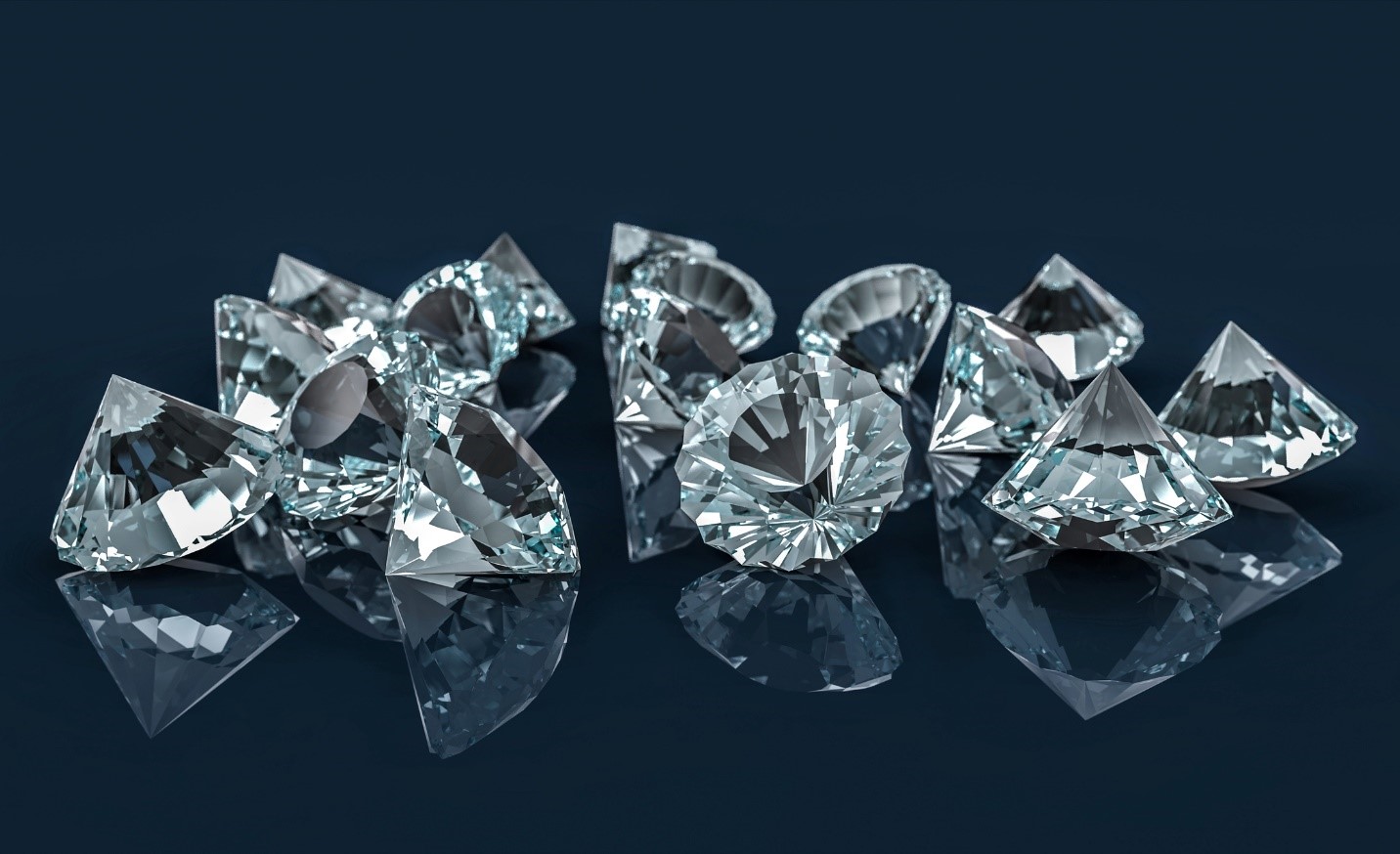
HPHT vs. CVD Lab Diamonds: A Comprehensive Guide
In the evolving landscape of diamond technology, two primary methods dominate the production of lab-grown diamonds: HPHT (High Pressure High Temperature) and CVD (Chemical Vapor Deposition). Each method offers unique advantages and characteristics, influencing everything from the diamond’s quality to its price. This guide provides an in-depth comparison of HPHT VS CVD lab diamonds, helping you make an informed decision when purchasing these exquisite gems.
Understanding HPHT Lab Diamonds
HPHT diamonds are created by mimicking the natural conditions under which natural diamonds form. This method involves subjecting carbon to high pressures (up to 5 GPa) and high temperatures (up to 1500°C). The process can be broken down into three main steps:
Growth Cell Preparation: A small diamond seed is placed in a growth cell along with carbon and other necessary chemicals.
High Pressure and Temperature Application: The growth cell is subjected to high pressure and temperature, causing the carbon to dissolve and deposit onto the diamond seed.
Cooling and Extraction: The temperature and pressure are gradually reduced, allowing the newly formed diamond to stabilize before extraction.
Characteristics of HPHT Diamonds
Color: HPHT diamonds typically exhibit a slight yellow or brown tint due to the presence of nitrogen impurities.
Inclusions: These diamonds may contain metallic inclusions from the growth process.
Cost: Generally more affordable compared to natural diamonds, though potentially pricier than CVD diamonds.
Understanding CVD Lab Diamonds
CVD diamonds are produced through a different process that involves depositing carbon atoms onto a diamond substrate in a vacuum chamber. The key stages in the CVD process are:
Substrate Preparation:A diamond substrate is placed in a vacuum chamber.
Gas Introduction and Ionization: A carbon-rich gas, such as methane, is introduced into the chamber and ionized to create plasma.
Diamond Growth: Carbon atoms from the gas deposit onto the substrate, gradually forming a diamond layer.
Characteristics of CVD Diamonds
Color: CVD diamonds often appear more colorless compared to HPHT diamonds.
Inclusions: These diamonds may contain fewer inclusions and are typically free of metallic inclusions.
Cost: CVD diamonds are often more cost-effective than HPHT diamonds due to the lower complexity of the production process.
Comparative Analysis: HPHT vs. CVD Lab Diamonds
Quality and Appearance
Both HPHT and CVD diamonds can achieve high levels of clarity and color. However, there are distinct differences:
HPHT Diamonds: Known for their larger size and higher brilliance due to better crystal growth. They may have a slight color tint and metallic inclusions.
CVD Diamonds: Tend to be more colorless and free of metallic inclusions. They may have a higher likelihood of internal stress cracks, but these are usually microscopic and not visible to the naked eye.
Price Comparison
The price of lab-grown diamonds can vary based on several factors including size, quality, and the production method:
HPHT Diamonds: Generally more expensive due to the complex machinery and high energy costs associated with the process.
CVD Diamonds: Typically more affordable, making them an attractive option for budget-conscious buyers.
Durability and Longevity
Both HPHT and CVD diamonds offer exceptional durability and are suitable for everyday wear:
HPHT Diamonds: Slightly higher risk of chipping due to metallic inclusions.
CVD Diamonds: Potential for internal stress cracks but generally less prone to chipping.
Environmental and Ethical Considerations
Both HPHT and CVD diamonds are more environmentally friendly and ethically sourced compared to mined diamonds:
Reduced Environmental Impact: Lab-grown diamonds avoid the significant environmental degradation caused by traditional mining practices.
Ethical Production: They are free from the ethical concerns associated with conflict diamonds, ensuring a clear conscience for buyers.
Choosing Between HPHT and CVD Diamonds
When deciding between HPHT and CVD diamonds, consider the following factors:
Budget: CVD diamonds are typically more affordable, offering excellent value for money.
Color Preference: If you prefer a more colorless diamond, CVD diamonds are generally the better choice.
Size and Brilliance: If larger size and higher brilliance are priorities, HPHT diamonds may be worth the extra cost.
Conclusion
The choice between HPHT and CVD lab diamonds ultimately depends on your specific preferences and budget. Both types of diamonds offer unique advantages and can meet various aesthetic and financial needs. Whether you prioritize the colorless quality of CVD diamonds or the brilliance of HPHT diamonds, lab-grown diamonds provide a sustainable and ethical alternative to mined diamonds.




